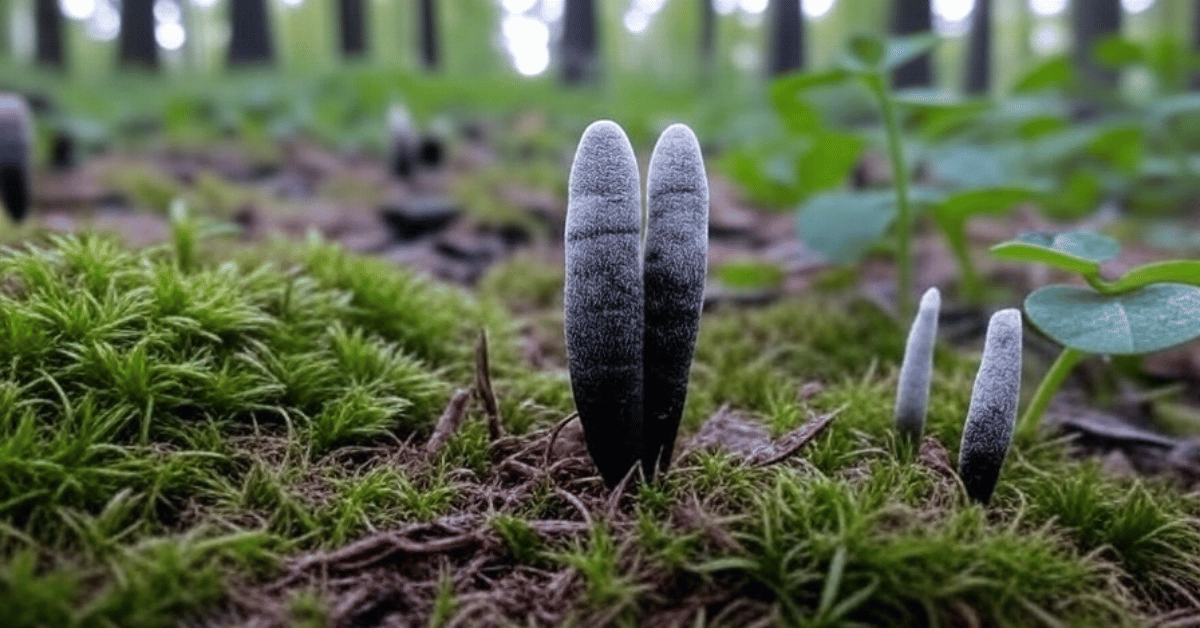Japanese Holly (Ilex crenata) is a popular evergreen shrub. It’s loved for its small, boxwood-like leaves and neat, compact shape. Homeowners often use it for hedges, borders, or as a foundation plant.
At Strobert Tree Services, we see a lot of Japanese Holly around Delaware, Pennsylvania, and New Jersey. While it’s a hardy shrub, it’s not problem-free. Let's look at how to care for it, what issues to watch for, and how our certified arborists can help.
Japanese Holly Care Basics
Japanese Holly grows best in full sun to partial shade. It likes well-drained, slightly acidic soil. If the soil stays too wet, the roots can rot. If it's too dry, the plant may suffer. Soil moisture is key.
This shrub thrives in a temperate climate. Extreme cold or heat can damage it. It’s hardy to USDA Zone 5, but cold winds and sudden freezes can cause winter burn. A thick layer of mulch helps protect the roots.
You can fertilize Japanese Holly in early spring. Use a tree-and-shrub fertilizer made for acid-loving plants. This helps with iron absorption and overall growth. Avoid over-fertilizing. Too much can burn the roots.
Types of Japanese Holly
There are many types of Japanese Holly, each with its own look and purpose. Some, like 'Green Lustre,' grow low and wide, making them great for ground cover. Others, like box-leaved holly, have small, neat leaves that look like boxwood and are perfect for shaping into a tidy hedge. Many varieties have glossy oval foliage and dark green leaves that stay vibrant year-round. These shrubs are often used as a foundation plant because they add structure and color to the landscape. Some types grow in a mounded form, while others spread out as a multi-stemmed evergreen shrub. In colder areas, look for varieties that grow well in hardiness zone 4b. Some even produce small ornamental fruit, adding extra beauty through the seasons.
Common Problems with Japanese Holly
Despite being tough, Japanese Holly faces a few common issues. These include pests, disease, and environmental stress.
- Yellowing Leaves
If the leaves turn yellow, it's often a sign of iron deficiency. This is common in soil that’s too alkaline. The plant can't absorb iron well, so it shows in the leaves. We recommend testing the soil and using an acid-loving fertilizer if needed.
2. Poor Drainage
If your Japanese Holly sits in soggy soil, it may develop root rot. Symptoms include leaf drop, stunted growth, and yellow leaves. Make sure your soil drains well. We can help improve soil structure and water flow if needed.
Common Pests and Diseases
Several insects and fungi can attack Japanese Holly. Here are the most common ones we see:
- Spider Mites
These tiny pests suck sap from the leaves, causing yellow speckles and webbing. They're more active in hot, dry weather. A strong spray of water or horticultural oil can help. Severe cases need professional treatment.
2. Holly Leaf Miner
This pest tunnels into leaves, leaving blotchy, brown trails. It weakens the plant and ruins its look. Pruning and proper insect control can help.
3. Whiteflies
These small, white bugs feed on the undersides of leaves. They can cause yellowing and leaf drop. Sticky traps or natural predators can help, but serious infestations need stronger treatments.
4. Scale
Scale insects attach to stems and leaves. They look like tiny bumps and suck sap, leading to weak growth. We often use horticultural oil or systemic insecticides to manage them.
5. Fungal Disease
Poor air circulation and excess moisture can lead to fungal infections. Look for black spots, mold, or dieback. Pruning and spacing help with airflow. Fungicides may be needed.
6. Stem Canker
Cankers are areas of dead bark caused by fungi. They can girdle stems and kill parts of the plant. Prune out infected branches and keep the plant healthy to prevent spread.
Pruning and Maintenance
Pruning keeps your Japanese Holly in shape. It also improves airflow and reduces disease risk.
Prune lightly during the growing season. This shrub has a moderate growth rate and responds well to shaping. You can create topiaries, neat hedges, or mounded forms.
Avoid heavy pruning in late fall. It encourages new growth that may not survive winter. Always use clean, sharp tools to prevent infection.
If you’re unsure when or how to prune, give us a call. Our certified arborists can shape your shrubs properly without harming them.
Overwintering Tips
Japanese Holly can handle winter, but it needs help in colder microclimates.
Cold winds and frozen soil can damage the roots. Add thick mulch around the base to insulate the root zone. Avoid planting in exposed locations with strong wind.
If your plant is in a container, move it to a sheltered spot. Roots in pots are more vulnerable to freezing.
For high-value plants, we sometimes build temporary windbreaks or insulating silos. This is especially useful in harsh winters.
Potting and Repotting
Japanese Holly also does well in containers. Choose dwarf varieties if you're potting.
Use well-draining soil and a pot with drainage holes. Repot in spring if roots outgrow the container. Light root pruning can help manage growth.
Water regularly but avoid soggy soil. Container plants dry out faster than those in the ground.
Propagation
You can propagate Japanese Holly with hardwood cuttings. Take cuttings during the dormant season. Root them in moist, well-drained soil and keep them in a warm spot.
Keep in mind that this plant is dioecious. That means male and female plants are separate. Only female plants produce berries, and they need a male nearby for pollination.
We can help you identify plant sexes and choose the best pairings if you're planting for berries or ornamental use.
Varieties of Japanese Holly
There are many types of Japanese Holly. Each has unique traits.
- ‘Green Lustre’ is a low-growing, glossy variety often used for groundcover.
- Box-leaved holly has small leaves and a tidy shape, great for hedges.
- Dark green foliage and mounded forms are popular in modern landscaping.
We can help you choose the right variety for your space, sun exposure, and design goals.
Final Thoughts
Japanese Holly is a tough, attractive shrub. But like all plants, it needs proper care.
Watch for pests. Feed with the right fertilizer. Prune correctly. Protect it in winter. Choose well-draining soil and the right location.
At Strobert Tree Services, we’ve cared for thousands of shrubs across the region. Whether your Japanese Holly needs shaping, treatment, or removal, we’ve got you covered.
Need help with your Japanese Holly? Call 1-800-TREE-SERVICE for a free assessment from a certified arborist.











